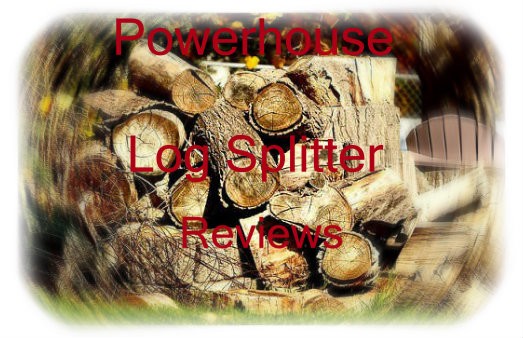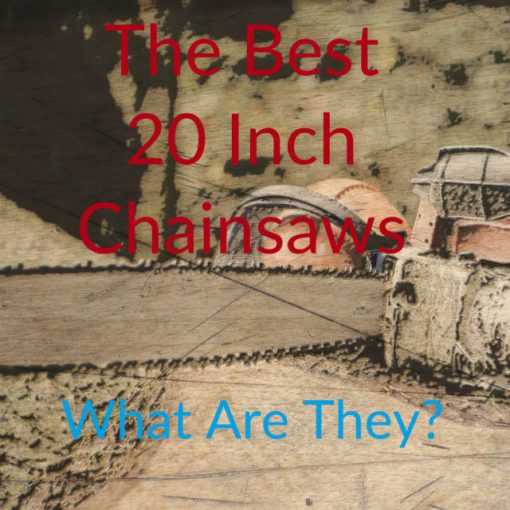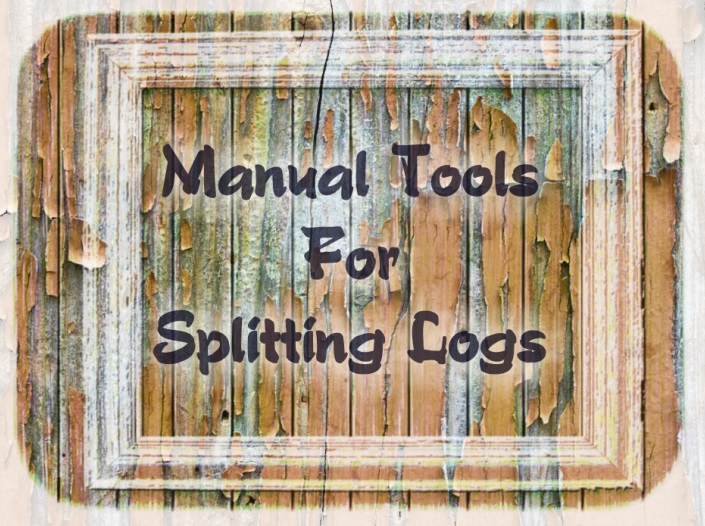I hope you love the products I've recommended below, just a heads up that as an Amazon associate, I earn from qualifying purchases. This means I may earn commissions on products bought via links on this page.
One of the most common questions I see for log splitters is, how much power does a log splitter need? This is not a simple question to answer.
There are a lot of variables in play that means, what works for you, may not work for someone else.
Does More Power Equal Better?
While I’m more personally a big fan of having tools that are generally, more powerful then I’ll need. This isn’t always the best option in some cases.
In most cases having a higher ton rating is going to mean the log splitter, is more expensive. Having a higher ton rating can also mean the log splitter is slower.
Personally having a slower log splitter doesn’t bother me to much, but I know not everyone has the extra time to do that. So speed can be an issue with higher ton rated log splitters.
What Logs Are You Splitting
The type of logs you’re splitting plays an important role in how much power your log splitter needs. From hard to soft woods, to dry or green woods, and think pieces of wood.
There is a lot of variety in wood that makes this the original question so difficult. Some lower end log splitters can split logs that are 20 inches in diameter, but they’re soft wood.
Then there is the difference between dry and green wood, which makes a massive difference in splitting ease.
Properly drying out logs makes them a fair bit easier to split, which also saves time. Green logs are much more difficult because they’re retaining water, which makes them hard to split.
What Size Log Splitter Do I Need
While there is no real answer for this, there are some rough guide lines you can follow. These don’t mean if you have that size log splitter, it will 100% split the log. Sometimes the wood is more knotted, and sometimes it can just be stubborn.
4 To 10 Ton Log Splitters
This was tested on a mix between hard and soft wood, which had been properly dried. To split logs that are 6 inches in diameter you will be able to get away with a 4 to 6 ton splitter. If the wood is hard I’d recommend a 10 ton splitter.
12 To 22 Ton Log Splitters
For the softer kind of woods that are 12 inches in diameter I’d recommend a 12 to 15 ton log splitter. If they’re of the harder variety, I’d recommend 20 to 22 ton splitters.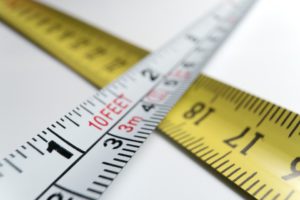
20 To 26 Ton Log Splitters
With logs that are 18 inches of diameter, a 20 ton log splitter will handle all your soft wood needs. Tho when it gets to harder woods I’d recommend up to 26 tons and higher.
27 to 30+ Ton Log Splitters
When you start to get this level of log splitter, you’re getting to the point of being able to split pretty much most things.
You will really only need to go with something that is 30 tonnes, if you’re splitting hardwood that is 24 inches in diameter.
Should You Use Gas Or Electric Log Splitter?
The difference between gas and electric is pretty clear, and both have there advantages and disadvantages. Over which one you need again comes down to what you need to split. Tho differences between the two make it a lot easier to answer.
Electric Log Splitters
While most electric log splitters don’t have the power of a gas splitter. They don’t have any fumes, so you can split inside. This is really useful during the colder months when you don’t want to deal with the cold weather outside. Tho I’d rather have all my logs split before the cold months.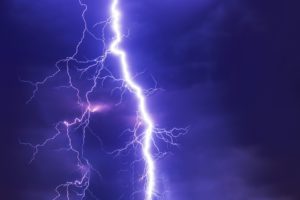
The other advantage of electric log splitters is they’re easier to start, and have less maintenance to deal with. These are pretty big advantages in my opinion. The easier to start is great if you have shoulder issues.
The biggest downside of an electric log splitter, is they can’t split as much as a gas splitter. They also need to be near a outlet, or have a long extension lead. So if you don’t like those I would go with a gas splitter.
Gas Log Splitters
The most obvious advantage to a gas log splitter is it’s best advantage. Which is it’s ability to split larger logs, which makes it more useful to a larger audience. It can do small and large logs.
Having the ability to split larger logs is without a doubt a massive advantage. They also don’t require a power outlet, so if you need to split farm from home you can.
There are two downsides to a gas log splitter, which are how hard they can be to start. They are generally more expensive then a electric log splitter, which if you’re on a budget can make it difficult.
If you want to know more about the differences between electric and gas log splitters. You can find out more here!
My Final Thoughts
There is no simple answer to the question, which makes it a difficult choose. Especially when you’re putting so much money down on a log splitter.
When trying to find the right type of log splitter for yourself, the only person who can answer is yourself. I hope that the tips that I have shown you today has been of some help.

